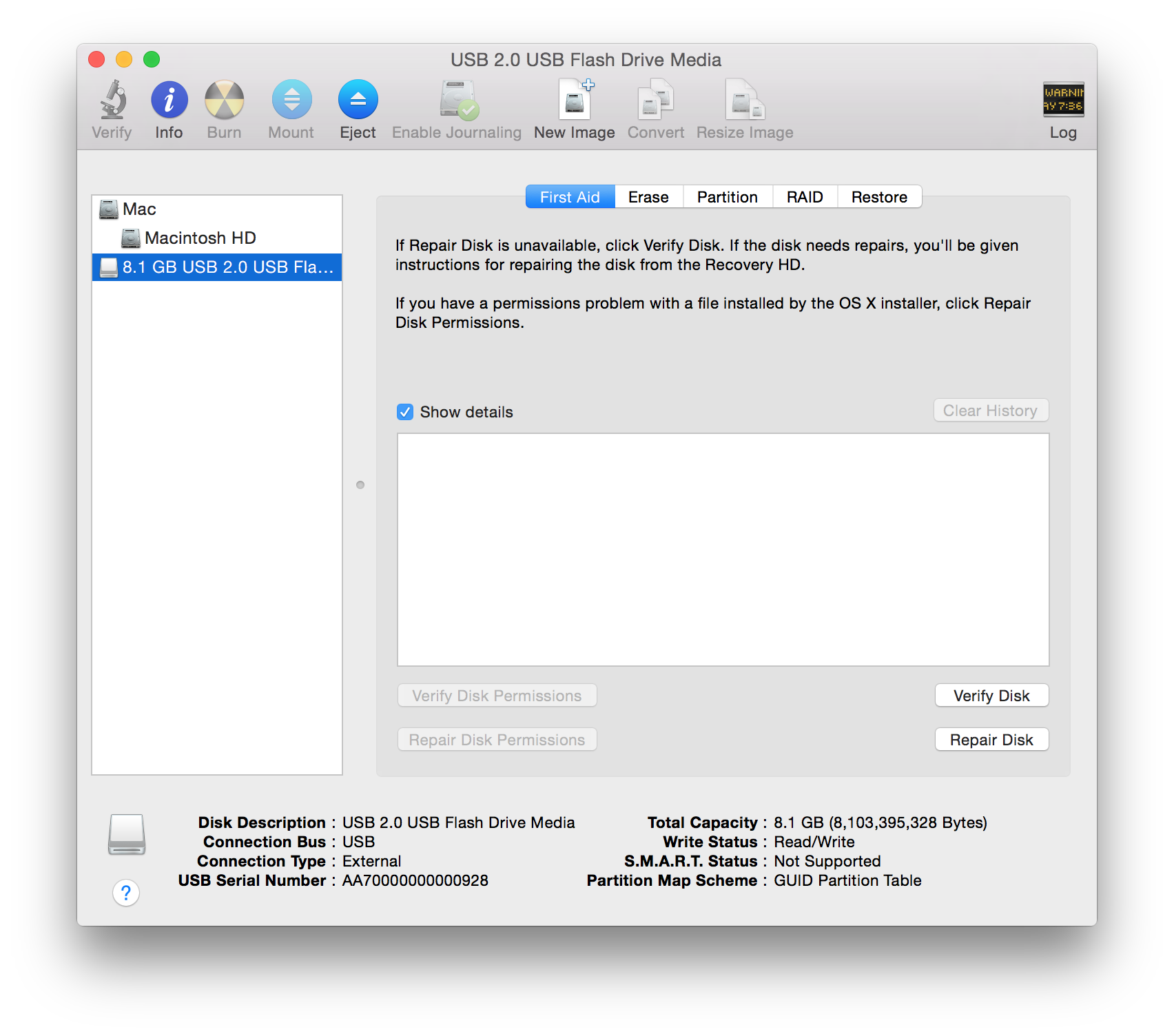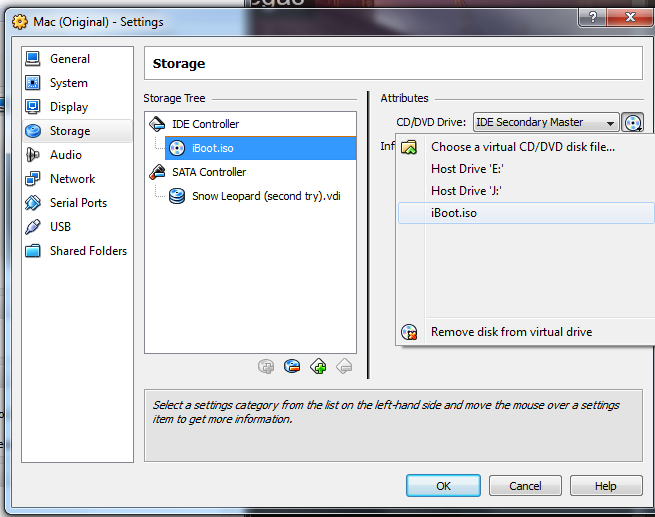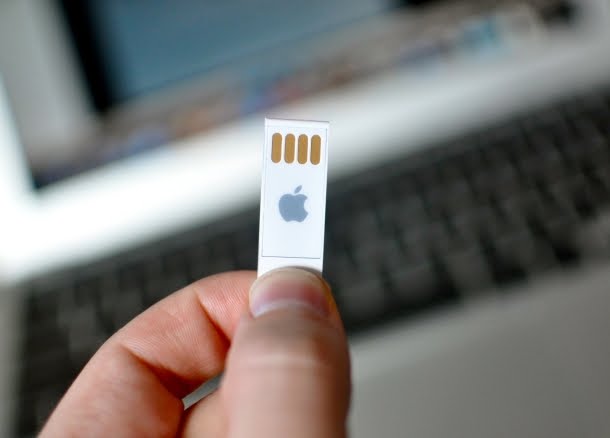


- MAC OS X .ISO TOO LARGE FOR USB HOW TO
- MAC OS X .ISO TOO LARGE FOR USB UPDATE
- MAC OS X .ISO TOO LARGE FOR USB WINDOWS 10
- MAC OS X .ISO TOO LARGE FOR USB DOWNLOAD
They both are pretty good, but which one to choose depends on how else you are going to use the external drive or SD card. Which file system is better, NTFS or exFAT?

MAC OS X .ISO TOO LARGE FOR USB HOW TO
These newer file systems do not have the 4GB file size limitation! Scroll down this page for the instructions on how to change the file system. In any case, how to solve the problem of copying the 4GB files? Easy: you need to replace the FAT32 file system on the drive with a more modern one, such as NTFS or exFAT. Or, maybe the designers hoped that by the time such large files become common, the use of the FAT32 system would be replaced by the more modern systems. This limitation may sound silly: why would anyone design a system that would not allow for the larger files? The problem is, when the FAT32 file system was designed (that was back in the days of Windows 95), no one anticipated that we would have such large files in use today.

Although the total size of the files that you can copy to a FAT32 drive could be as large as 2TB (or the physical capacity of the drive, whichever is smaller), the size of each individual file may not exceed 4GB. This type of a file system has a built-in limitation on the size of the files that it may contain. If you experience such a problem, most probably it’s caused by the fact that your external drive or card is formatted with the FAT32 file system. Yet, when you attempt to copy a large file (4GB or larger) to the external drive, Windows gives you an error (such as: There is not enough free space on the drive, or similar.) Does this sound familiar? You can copy the smaller files to the external drive just fine. The capacity of your external flash drive or SD card is large: 8GB, 16GB, or more. The first step is to identify the USB drive device name using diskutil list.Take control of your files and folders with AB Commander file manager for Windows 11, 10, 8. Here, I'll describe how to do so on a Mac using a special third party toolĬalled wimlib. Official installation instructions from Microsoft,īut that only covers creating the USB drive from Windows. The solution is to split the file, as described in the
MAC OS X .ISO TOO LARGE FOR USB WINDOWS 10
One of the files in the current 64-bit version of the Windows 10 installer, Requires the USB drive be formatted as FAT32, which has a file size limit of 4 GB. This helped, but I came across a problem: the installer He suggests formatting the USB disk on the command lineĪnd copying the files over manually. I found a guide from a guy called Josh Beam Originally it seems that you could create a bootable USB disk using MacOS's Boot Camp Assistant ,īut that option seems to've been removed in recent versions of MacOS. Special requirements in order to be bootable (it uses a special UEFI boot process). Normally I use etcher for burning ISOs, but a Windows USB installer has Wimlib and some terminal/command prompt usage. The process is straightforward, but requires one third party tool called Windows 10 disk image (ISO) file from Microsoft.
MAC OS X .ISO TOO LARGE FOR USB DOWNLOAD
If you haven't already done so, you'll need to download the This is a quick "how to" guide to make a bootable Windows 10 USB drive/stick Split size (previously 4000 MB) and suggesting legacy BIOS mode.
MAC OS X .ISO TOO LARGE FOR USB UPDATE
Update : Thanks to Parul Jain for emailing in with the 3800 MB


 0 kommentar(er)
0 kommentar(er)
